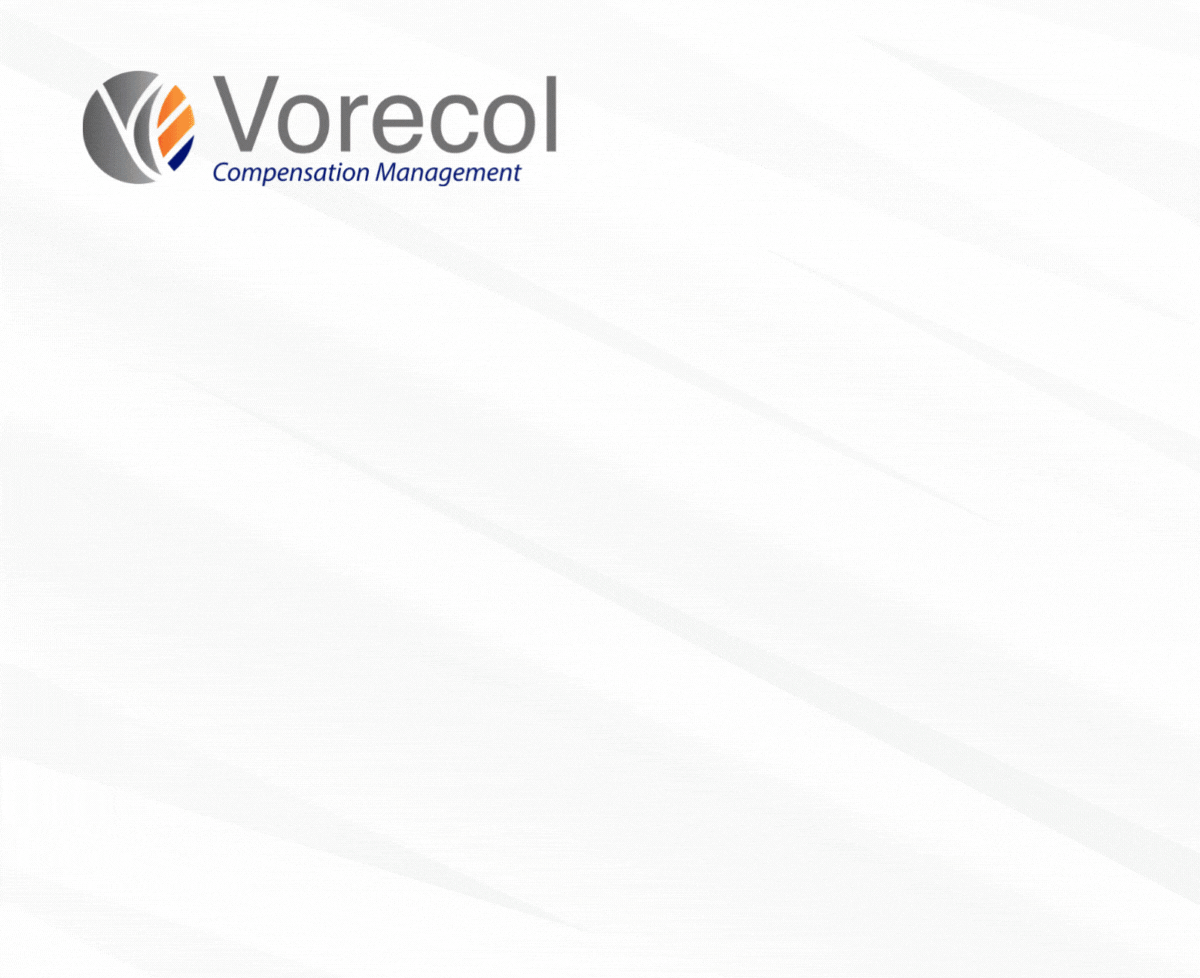DataDriven Approaches to Enhancing Labor Wellness: Best Practices and Software Tools

- 1. Understanding Labor Wellness: Key Concepts and Importance
- 2. The Role of Data Analytics in Workplace Wellness
- 3. Best Practices for Implementing Data-Driven Wellness Strategies
- 4. Essential Software Tools for Monitoring Employee Health
- 5. Case Studies: Successful Data-Driven Wellness Programs
- 6. Measuring ROI: The Impact of Labor Wellness on Employee Productivity
- 7. Future Trends in Data-Driven Labor Wellness Solutions
- Final Conclusions
1. Understanding Labor Wellness: Key Concepts and Importance
In the modern workplace, the concept of labor wellness has evolved beyond mere physical health to encompass emotional, mental, and financial well-being. Imagine a bustling office where employees not only meet their deadlines but also thrive in an environment that balances stress and resilience. This narrative is no longer a fantasy; it's the reality that companies are now striving to create. By prioritizing labor wellness, organizations can significantly enhance employee satisfaction and productivity. Techniques such as regular wellness assessments, fostering open communication, and implementing flexible work arrangements can serve as the building blocks of a healthy work environment. Additionally, effective management tools like Vorecol compensation in the cloud can streamline the administration of employee benefits, ensuring that every worker feels valued and supported.
As we delve deeper into the importance of labor wellness, consider the story of a company that once struggled with high turnover rates and low morale. This organization began to embrace a holistic approach to employee wellness by integrating mental health resources, wellness programs, and personalized compensation strategies. The transformation was profound: employees reported higher job satisfaction and a sense of belonging. This case underscores the importance of proactive measures. By leveraging technology such as Vorecol compensation, businesses can manage compensation and benefits efficiently, allowing them to focus on fostering a culture of wellness. Ultimately, when labor wellness is a priority, companies not only protect their most valuable asset—their people—but also pave the way for sustainable growth and innovation.
2. The Role of Data Analytics in Workplace Wellness
In today’s fast-paced corporate landscape, a story unfolds in the halls of a forward-thinking company. Employees, once weighed down by the pressures of work, slowly find themselves revitalized as they embrace an innovative approach to workplace wellness through data analytics. This transformation begins with leadership recognizing patterns in employee health and happiness metrics. Armed with insights drawn from comprehensive data collection, organizations design tailored wellness programs that resonate with their workforce's needs. Imagine a group of employees engaging in a fitness challenge designed around their interests, or mental health breaks thoughtfully integrated into their schedules based on performance analytics — all leading to a culture of well-being and productivity.
As we dive deeper into the narrative, it becomes clear that the journey is supported by robust tools that facilitate ongoing assessment and improvement. Companies can utilize software solutions, like Vorecol compensation in the cloud, that particularly elevate the management of employee benefits and compensation — vital components of workplace wellness. By closely monitoring engagement levels and effectiveness using analytics, organizations can refine their offerings, ensuring that employees feel valued and motivated. Ultimately, this strategic move towards leveraging data not only fosters a supportive work environment but also propels the company towards higher performance, creating a narrative of success that inspires others to follow suit.
3. Best Practices for Implementing Data-Driven Wellness Strategies
In the bustling realm of corporate wellness, Emily felt overwhelmed, desperately searching for a way to enhance her team’s health and productivity. She stumbled upon the idea of data-driven wellness strategies, which promised a transformative approach to improve employee wellbeing. By meticulously analyzing data from anonymous health surveys, engagement metrics, and productivity reports, her organization could identify key areas for improvement. Emily decided to prioritize initiatives based on this data, implementing tailored wellness programs that aligned with her team's unique needs. This method not only boosted participation but also fostered a culture of collaboration and support, as employees felt genuinely cared for and engaged in their health journey.
To take her wellness strategy to the next level, Emily recognized the value of incorporating technology. She integrated HRMS Vorecol’s compensation management module into her approach, allowing her to analyze how compensation packages and benefits aligned with employee health and engagement. By seamlessly connecting employee feedback and performance analytics, she could fine-tune her wellness initiatives continuously. As Emily shared her story across the company, employees became enthusiastic participants, translating their newfound wellness knowledge into meaningful actions. This not only improved their overall health but also created a thriving workplace, where data-driven decisions led to substantial benefits for everyone involved.
4. Essential Software Tools for Monitoring Employee Health
In today’s fast-paced work environment, monitoring employee health has become more paramount than ever. Imagine a company where employees thrive not just in productivity but also in well-being, effortlessly supported by essential tools. Software solutions such as wellness tracking apps and integrated HR management systems help organizations keep a pulse on their employees' mental and physical health. For instance, features that allow for real-time feedback and health assessments enable HR teams to proactively address potential issues, creating a culture of care and support. In one notable case, a company implemented a dedicated platform that provided individualized health insights, leading to a remarkable reduction in burnout rates and fostering a more engaged workforce.
As companies seek to enhance their employee health strategy, having the right tools is crucial. One standout option is Vorecol compensation in the cloud, part of a comprehensive HRMS that not only streamlines compensation management but also integrates wellness initiatives seamlessly. By harnessing data analytics, organizations can identify trends and tailor benefits to meet employees’ needs effectively. Techniques such as regular health check-ins and personalized wellness goals can empower employees to take charge of their health while enabling employers to monitor overall trends within their teams. With the right software in place, companies can create an environment where health and productivity go hand in hand, leading to sustainable success through a health-conscious workforce.
5. Case Studies: Successful Data-Driven Wellness Programs
In the bustling heart of a corporate metropolis, a leading tech company faced rising healthcare costs and employee dissatisfaction. Determined to turn the tide, they launched a data-driven wellness program grounded in analytics and personalized metrics. By leveraging employee health data, the company designed tailored interventions—from on-site fitness classes to mental health resources—precisely what their workforce needed. Within just one year, absenteeism dropped significantly, while productivity soared. This transformation was not just a stroke of luck; it was the magic of data at work, orchestrating health initiatives that resonated deeply with employees, leading to lasting changes in both well-being and workplace culture.
Meanwhile, a renowned healthcare provider sought to revamp its employee wellness strategy, recognizing that one-size-fits-all programs often fell flat. They analyzed a plethora of data, discovering insights about their staff's preferences and needs. Integrating these findings into their wellness offerings, they created a dynamic program that included nutrition workshops, virtual health consultations, and incentives for active living, seamlessly managed through a user-friendly platform. The strategic implementation of data ensured that their initiatives were not only relevant but also effective in transforming lifestyles. To elevate their approach further, the organization considered using Vorecol's cloud-based compensation module, which helped them align benefits with the newfound health initiatives, fostering an environment where wellness was truly valued and rewarded.
6. Measuring ROI: The Impact of Labor Wellness on Employee Productivity
In today's fast-paced business environment, the narrative of employee wellness has shifted from mere buzzword to a cornerstone of productivity. When Diana joined a tech startup, she noticed a culture that prioritized mental health and work-life balance. They implemented various wellness programs, from meditation sessions to flexible work schedules, which led to a thriving atmosphere. The result? Not only did employee morale soar, but so did overall productivity. Measuring the ROI of such initiatives becomes essential for leaders who wish to replicate Diana's success. When organizations adopt robust tools like Vorecol compensation in the cloud, they can streamline benefits administration while analyzing the tangible impacts of wellness initiatives on employee performance.
For leaders looking to measure the effectiveness of their wellness programs, strategies such as employee surveys and productivity tracking can unveil powerful insights. Organizations can combine qualitative feedback with quantitative data to paint a full picture of how wellness impacts productivity. Consider incorporating pathways for continuous improvement, drawing on real-time evaluations to adapt programs as needed. By leveraging platforms like Vorecol, managers can easily adjust compensation and reward structures, aligning employee well-being initiatives with a comprehensive understanding of their contributions. This strategic approach not only enhances workplace culture but also reinforces the notion that investing in labor wellness is ultimately investing in the organization's bottom line.
7. Future Trends in Data-Driven Labor Wellness Solutions
As the sun began to set on a bustling city, Jamie reflected on the changing landscape of workplace wellness. Gone were the days of one-size-fits-all packages; modern organizations are now harnessing data-driven solutions to craft personalized labor wellness programs that respond to the unique needs of their employees. Imagine a workplace where real-time data analysis uncovers trends in mental health, engagement levels, and productivity insights. By integrating smart technologies, employers can customize benefits, ensuring that support aligns closely with their team’s evolving wellness needs. The future is here, and it’s bringing with it an opportunity for organizations to nurture not just productivity, but holistic employee well-being.
But how can companies effectively implement these innovative solutions? It starts with creating a culture that embraces data transparency and its strategic use in decision-making. Practical steps include leveraging cloud-based platforms like Vorecol’s compensation module, which seamlessly integrates compensation management with employee feedback. This ensures that every talent feels valued while helping HR departments to align benefits with identified wellness trends. By fostering a responsive and adaptive approach to labor wellness, firms can build resilient teams equipped to thrive in the dynamic world of work. The evidence is clear: when employees feel supported through tailored wellness strategies, both morale and performance skyrocket, shaping a brighter and more sustainable future for all.
Final Conclusions
In conclusion, embracing data-driven approaches to enhance labor wellness offers organizations a strategic advantage in promoting employee well-being and productivity. By leveraging analytics and software tools, companies can identify patterns and insights that inform tailored wellness programs, ultimately leading to a healthier workforce. The best practices highlighted in this article demonstrate the importance of integrating multidisciplinary perspectives, fostering a culture of open communication, and regularly evaluating the effectiveness of wellness initiatives. As organizations continue to navigate the complexities of the modern workplace, prioritizing data as a foundation for wellness strategies will be crucial in cultivating an environment where employees feel valued and supported.
Furthermore, the rapid evolution of technology presents a wealth of opportunities for companies to refine their labor wellness initiatives. Software tools that facilitate real-time feedback, track health metrics, and offer personalized wellness solutions can profoundly impact employee satisfaction and retention. As businesses invest in these resources, they should remain vigilant in adapting to emerging trends and employee needs, ensuring a proactive rather than reactive approach to workplace wellness. By committing to a comprehensive, data-driven framework, organizations can not only enhance the well-being of their workforce but also contribute to a culture of resilience and long-term success.
Publication Date: August 30, 2024
Author: Psicosmart Editorial Team.
Note: This article was generated with the assistance of artificial intelligence, under the supervision and editing of our editorial team.
Leave your comment
Comments
Request for information



